Rocks2
Greenie
- Joined
- Mar 22, 2020
- Messages
- 13
- Reaction score
- 2
- Golden Thread
- 0
- Primary Interest:
- All Treasure Hunting
- #1
Thread Owner
I believe one is a piece of ancient pottery. And I'm not sure what the others are.
Amazon Forum Fav 👍
Attachments
-
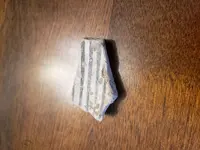 15878634435313526787358485198170.webp770.9 KB · Views: 93
15878634435313526787358485198170.webp770.9 KB · Views: 93 -
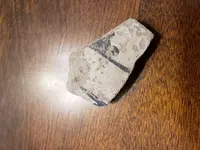 15878635031824019870375833738240.webp815.4 KB · Views: 96
15878635031824019870375833738240.webp815.4 KB · Views: 96 -
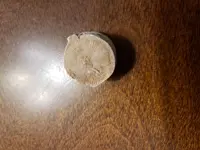 15878635802024172092749467460273.webp630 KB · Views: 77
15878635802024172092749467460273.webp630 KB · Views: 77 -
 15878636102898873246818459436002.webp296.8 KB · Views: 79
15878636102898873246818459436002.webp296.8 KB · Views: 79 -
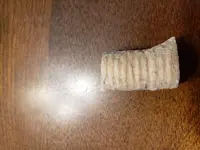 15878636621322777688704313236650.webp553.2 KB · Views: 75
15878636621322777688704313236650.webp553.2 KB · Views: 75 -
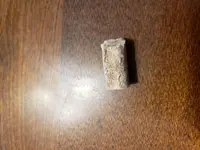 15878637191062685470780042302568.webp625.1 KB · Views: 78
15878637191062685470780042302568.webp625.1 KB · Views: 78



